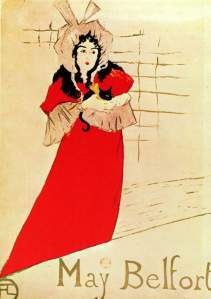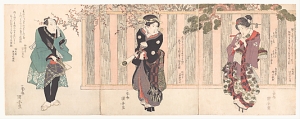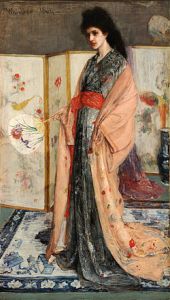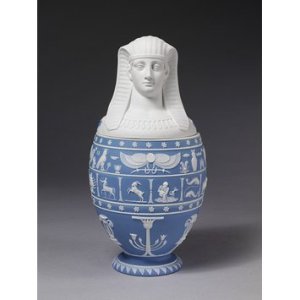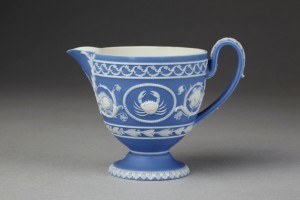- Date of Visit – 24/3/15
- Venue of Visit – St.James Cavalier, Valletta
- Photographer – Alex Attard
- Curator – Dr.Vince Briffa
- Title of Exhibition– The Overlooked Performance

 This exhibition was about the progress of Renzo Piano’s work in the Valletta City Gate and the new parliament. Alex Attard has been overlooking the construction of Piano’s work and noticed the workers’ behavior and the way they worked with different tools and materials and the effect they left on the building itself.
This exhibition was about the progress of Renzo Piano’s work in the Valletta City Gate and the new parliament. Alex Attard has been overlooking the construction of Piano’s work and noticed the workers’ behavior and the way they worked with different tools and materials and the effect they left on the building itself.
Proscenium #1
Proscenium #2
This is a photographs of the old Valletta City Gate where the photographer used a type of software to manipulate and edit this photo int an inverted image. Obviously in this print, we can see the negative and positive spaces. Although it is edited from the little detail that it has we can still see the architecture through the white space. In my opinion in this artist’s photos there is a similar influence from the Japonism prints.
Circumstance and Articulation #1
In this print I am seeing two layers of images manipulated together to create one composition. On the left hand side I can see a zoomed part of the construction of the new parliament that is in the process of being constructed. On the right hand side I am seeing the finished work of the parliament. The photographer took the photo when the light came from the upper right direction. The photographer didn’t just take a photo, he chose to take a photo of these geometric shapes in the architecture and construction of the new parliament in order to create an innovative composition.There are also negative and positive tones that compliment the print.
Poiesis
In this print I can observe and analyse that these detailed architectures that have an inverted effect that has negative and positive spaces. The artist added some splatters in black with the manipulated photos to create an abstract composition but at the same time it has a link to architecture.
Fragment From History
In my opinion here I am seeing a rough texture texture of black background that could be a photo with a rough texture effect. He selected dark areas and light areas that with these formal elements he created a composition of a human figure through a portrait view. The figure in this image is looking at a specific direction. The artist could have been influenced from the rough textures of the architecture and construction to create this piece.
A Matter of Perception #1
The Explosion of the Brain Series, Javier Joseph Formosa, 2013, Pen on Paper
This print shows a zoomed photo in which we see the detail in the architecture that when I observe it I see a lot of organic forms that are creating an abstract ‘human figure’ in the fetus position through the creasing of this form. This reminds me of the works of Javier Joseph Formosa’s ‘The Explosion of the Brain’.
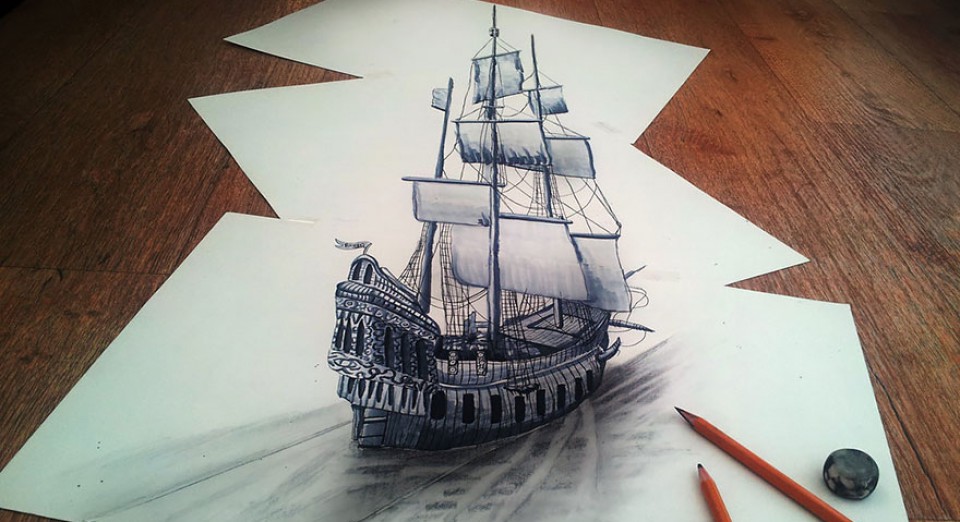
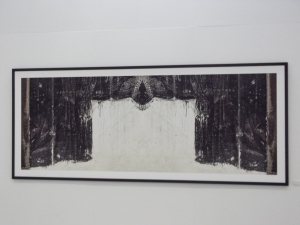
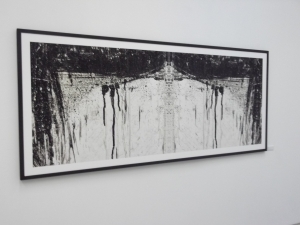
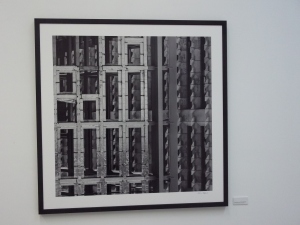
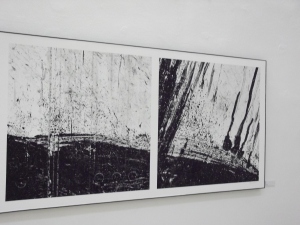


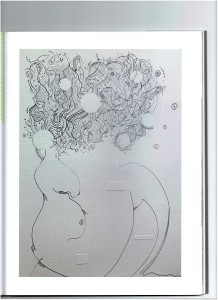




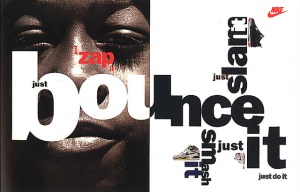

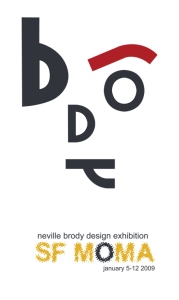 The artist created a simple poster by using only two colours on a white background with a typography with different sizes and thickness. He positioned and manipulated these fonts to make them look like a face but at the same time that face spells out his name.
The artist created a simple poster by using only two colours on a white background with a typography with different sizes and thickness. He positioned and manipulated these fonts to make them look like a face but at the same time that face spells out his name.





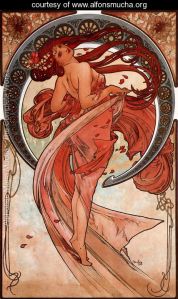
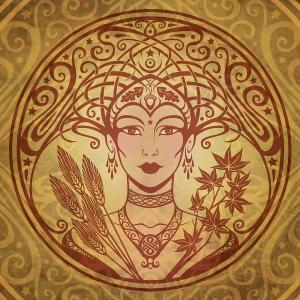
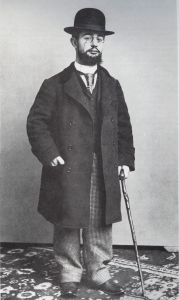 Henri de Toulouse-Lautrec was an aristocratic dwarf; he created art that reflected his life. His posters promoted Montmartre entertainers as celebrities and helped to elevate the medium of advertising. His paintings where very personal and humanistic and revealed the emotions hidden beneath rice powder and gaslights. Although he died at a young age of alcoholism and syphilis he remained a great influence.
Henri de Toulouse-Lautrec was an aristocratic dwarf; he created art that reflected his life. His posters promoted Montmartre entertainers as celebrities and helped to elevate the medium of advertising. His paintings where very personal and humanistic and revealed the emotions hidden beneath rice powder and gaslights. Although he died at a young age of alcoholism and syphilis he remained a great influence. oulin Rouge: La Goulue (1891)
oulin Rouge: La Goulue (1891)